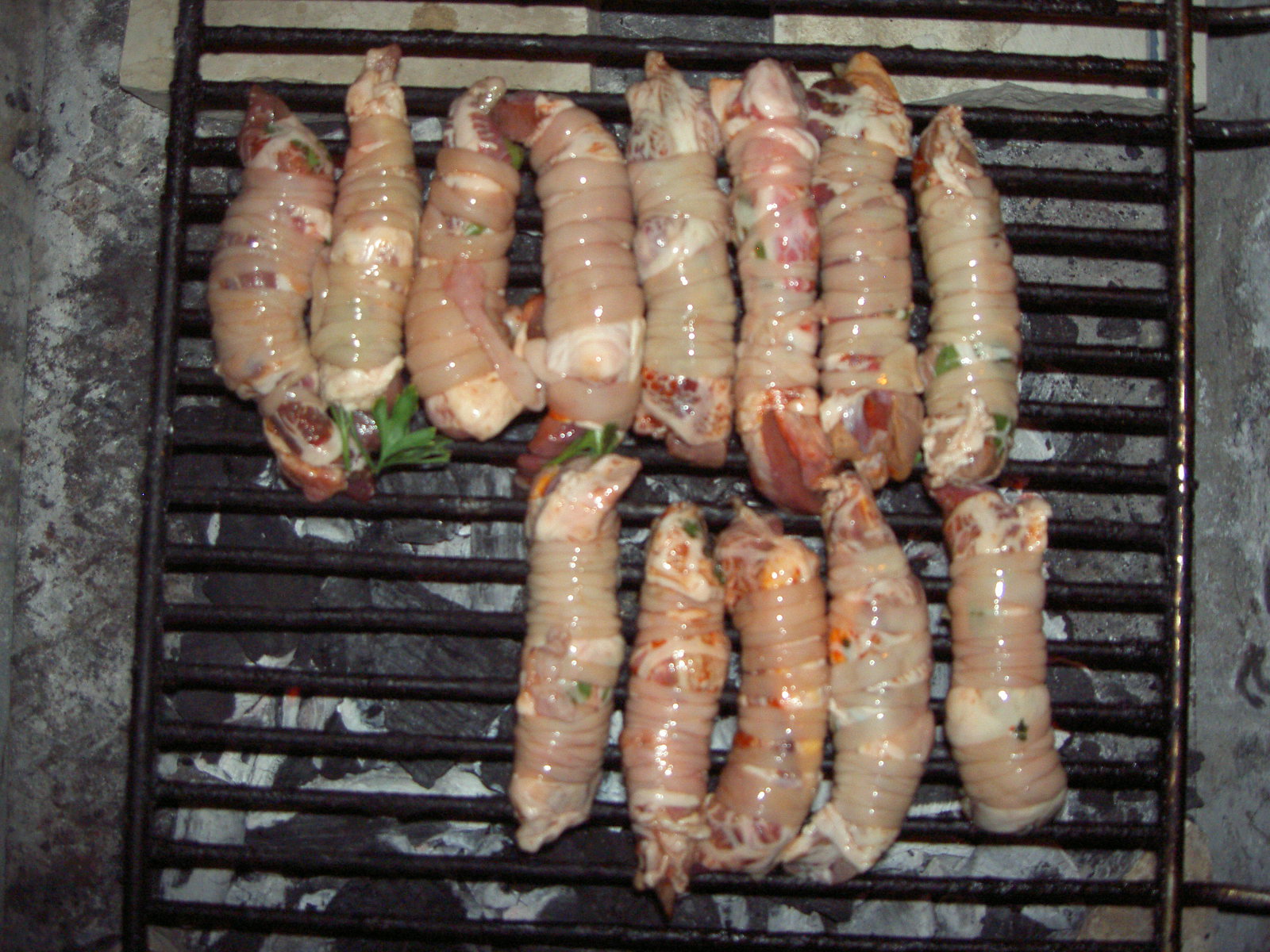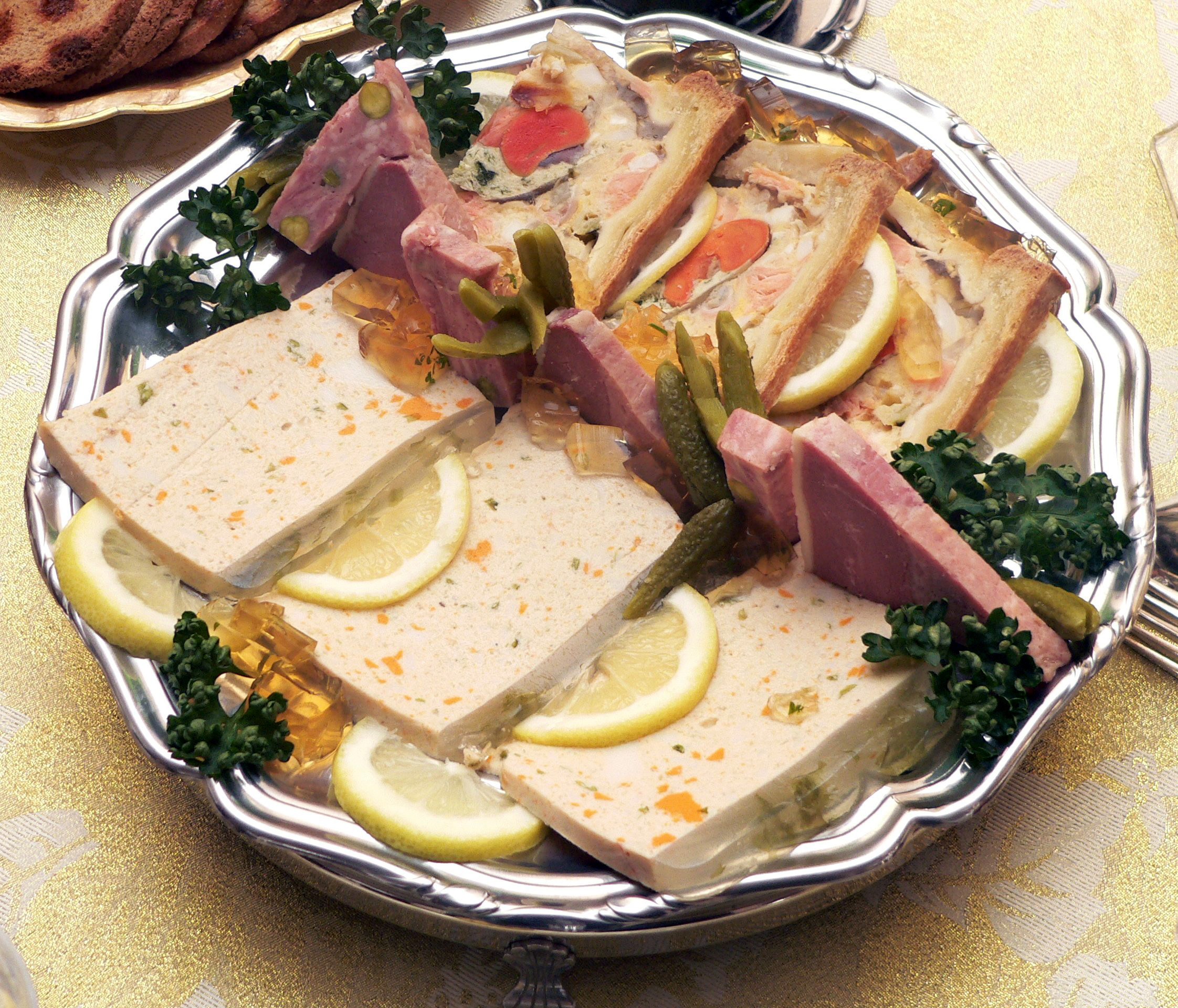|
Torcinello
''Torcinello'' (''turcenélle'' in the Apulian and Molise dialects; ''mboti'', ''turcinieddi'' or ''turcinieddhri'' in the Salento Salento (; Salentino dialect, Salentino: ''Salentu''; Griko language, Salento Griko: ) is a Cultural area, cultural, List of historical states of Italy, historical, and geographic region at the southern end of the administrative region of Apuli ... dialect) is an Italian dish from Apulia and Molise consisting of lamb intestines wrapped around lamb liver or offal, typically testicles. It is generally grilled, but may also be stewed. See also References {{Reflist, refs= {{cite web , last=Marchetti , first=Silvia , last2=CNN , first2=for , title=Molise: Italy's frontier country , website=CNN , date=September 23, 2015 , url=http://www.cnn.com/2015/09/23/travel/molise-italy/index.html , accessdate=January 3, 2016 Italian cuisine Offal ... [...More Info...] [...Related Items...] OR: [Wikipedia] [Google] [Baidu] |
Gastrointestinal Tract
The gastrointestinal tract (GI tract, digestive tract, alimentary canal) is the tract or passageway of the Digestion, digestive system that leads from the mouth to the anus. The tract is the largest of the body's systems, after the cardiovascular system. The GI tract contains all the major organ (biology), organs of the digestive system, in humans and other animals, including the esophagus, stomach, and intestines. Food taken in through the mouth is digestion, digested to extract nutrients and absorb energy, and the waste expelled at the anus as feces. ''Gastrointestinal'' is an adjective meaning of or pertaining to the stomach and intestines. Nephrozoa, Most animals have a "through-gut" or complete digestive tract. Exceptions are more primitive ones: sponges have small pores (ostium (sponges), ostia) throughout their body for digestion and a larger dorsal pore (osculum) for excretion, comb jellies have both a ventral mouth and dorsal anal pores, while cnidarians and acoels have ... [...More Info...] [...Related Items...] OR: [Wikipedia] [Google] [Baidu] |
Apulia
Apulia ( ), also known by its Italian language, Italian name Puglia (), is a Regions of Italy, region of Italy, located in the Southern Italy, southern peninsular section of the country, bordering the Adriatic Sea to the east, the Strait of Otranto and Ionian Sea to the southeast and the Gulf of Taranto to the south. The region comprises , and has 3,874,166 inhabitants as of 2025. It is bordered by the other Italian regions of Molise to the north, Campania to the west, and Basilicata to the southwest. The regional capital is Bari. In ancient times, more precisely at the beginning of the first millennium BC, the region of Apulia was inhabited by the Iapygians, while during the 8th century BC its coastal areas were populated by Magna Graecia, ancient Greeks. Later, the region was conquered by the ancient Romans. It was then conquered by the Byzantine Empire, Byzantines, followed by the Normans, the Kingdom of Aragon, Aragonese and the Spanish Empire, Spanish. Subsequently, it bec ... [...More Info...] [...Related Items...] OR: [Wikipedia] [Google] [Baidu] |
Molise
Molise ( , ; ; , ) is a Regions of Italy, region in Southern Italy. Until 1963, it formed part of the region of Abruzzi e Molise together with Abruzzo. The split, which did not become effective until 1970, makes Molise the newest region in Italy. Covering , it is the second smallest region in the country, after the Aosta Valley, and has a population of 287,966 as of 2025. The region is split into two provinces, named after their capitals: Campobasso Province, Campobasso and Isernia Province, Isernia. Campobasso also serves as the regional capital. Geography Molise is bordered by Abruzzo to the north, Apulia to the east, Lazio to the west, and Campania to the south. It has of sandy coastline to the northeast, lying on the Adriatic Sea looking out toward the Tremiti Islands. The countryside of Molise is mostly mountainous, with 55% covered by mountains and most of the rest by hills that go down to the sea. Main sights and monuments Campobasso *Castello Monforte *Terzan ... [...More Info...] [...Related Items...] OR: [Wikipedia] [Google] [Baidu] |
Salento
Salento (; Salentino dialect, Salentino: ''Salentu''; Griko language, Salento Griko: ) is a Cultural area, cultural, List of historical states of Italy, historical, and geographic region at the southern end of the administrative region of Apulia, in southern Italy. It is a sub-peninsula of the Italian Peninsula, sometimes described as the "heel" of the Italian "boot". It encompasses the entire Local government, administrative area of the Province of Lecce, most of the Province of Brindisi (all of it except Fasano, Ostuni and Cisternino), and the south-eastern part of the Province of Taranto (like Grottaglie and Avetrana, but not Taranto itself). Etymology In ancient times the peninsula was named ''Sallentina'', or ''Messapia''. To this peninsula the term ''Calabria'' was originally applied during the ancient Roman and early Byzantine era, but since 580 the administrative scope of ''Calabrian'' province was gradually expanded towards western regions, encompassing ancient Brutti ... [...More Info...] [...Related Items...] OR: [Wikipedia] [Google] [Baidu] |
Italian Cuisine
Italian cuisine is a Mediterranean cuisine#CITEREFDavid1988, David 1988, Introduction, pp. 101–103 consisting of the ingredients, recipes, and cooking techniques developed in Italy since Ancient Roman cuisine, Roman times, and later spread around the world together with waves of Italian diaspora. Significant changes Columbian exchange, occurred with the colonization of the Americas and the consequent introduction of potatoes, tomatoes, capsicums, and maize, as well as sugar beet—the latter introduced in quantity in the 18th century. It is one of the best-known and most widely appreciated Gastronomy, gastronomies worldwide. Italian cuisine includes deeply rooted traditions common throughout the country, as well as all the diverse Regional cuisine, regional gastronomies, different from each other, especially between Northern Italy, the north, Central Italy, the centre, and Southern Italy, the south of Italy, which are in continuous exchange. Many dishes that were once region ... [...More Info...] [...Related Items...] OR: [Wikipedia] [Google] [Baidu] |
Offal
Offal (), also called variety meats, pluck or organ meats, is the internal organ (anatomy), organs of a butchered animal. Offal may also refer to the by-products of Milling (grinding), milled grains, such as corn or wheat. Some cultures strongly consider offal consumption to be taboo, while others use it as part of their everyday food, such as lunch meats, or, in many instances, as Delicacy, delicacies. Certain offal dishes—including ''foie gras'' and ''pâté''—are often regarded as gourmet food in the culinary arts. Others remain part of traditional regional cuisine and are consumed especially during holidays; some examples are sweetbread, Jewish chopped liver, Scottish haggis, U.S. chitterlings, and Mexican Menudo (soup), menudo. On the other hand, intestines are traditionally used as casing for sausages. Depending on the context, ''offal'' may refer only to those parts of an animal carcass discarded after butchering or skinning; offal not used directly for human or anim ... [...More Info...] [...Related Items...] OR: [Wikipedia] [Google] [Baidu] |
Rocky Mountain Oysters
Rocky Mountain oysters or mountain oysters, or meat balls, also known as prairie oysters in Canada (), is a dish made of bull Testicles as food, testicles. The organs are often deep-fried after being skinned, coated in flour, pepper and salt, and sometimes pounded flat. The dish is most often served as an appetizer. Description The dish is served in parts of Canada, where cattle ranching is prevalent and castration of young male animals is common. "Prairie oysters" is the preferred name in Canada where they are served in a demi-glace. In Oklahoma and the Texas Panhandle, they are often called calf fries. In Spain, Argentina and many parts of Mexico, they are referred to as ''criadillas'', and they are colloquially referred to as ''huevos de toro'' (literally, "bull's eggs"; besides its literal meaning, ''huevos'' is a Spanish slang term for testicles) in Central and South America. Rocky Mountain oysters are sometimes confused because of their appearance with cattle fries or anime ... [...More Info...] [...Related Items...] OR: [Wikipedia] [Google] [Baidu] |



